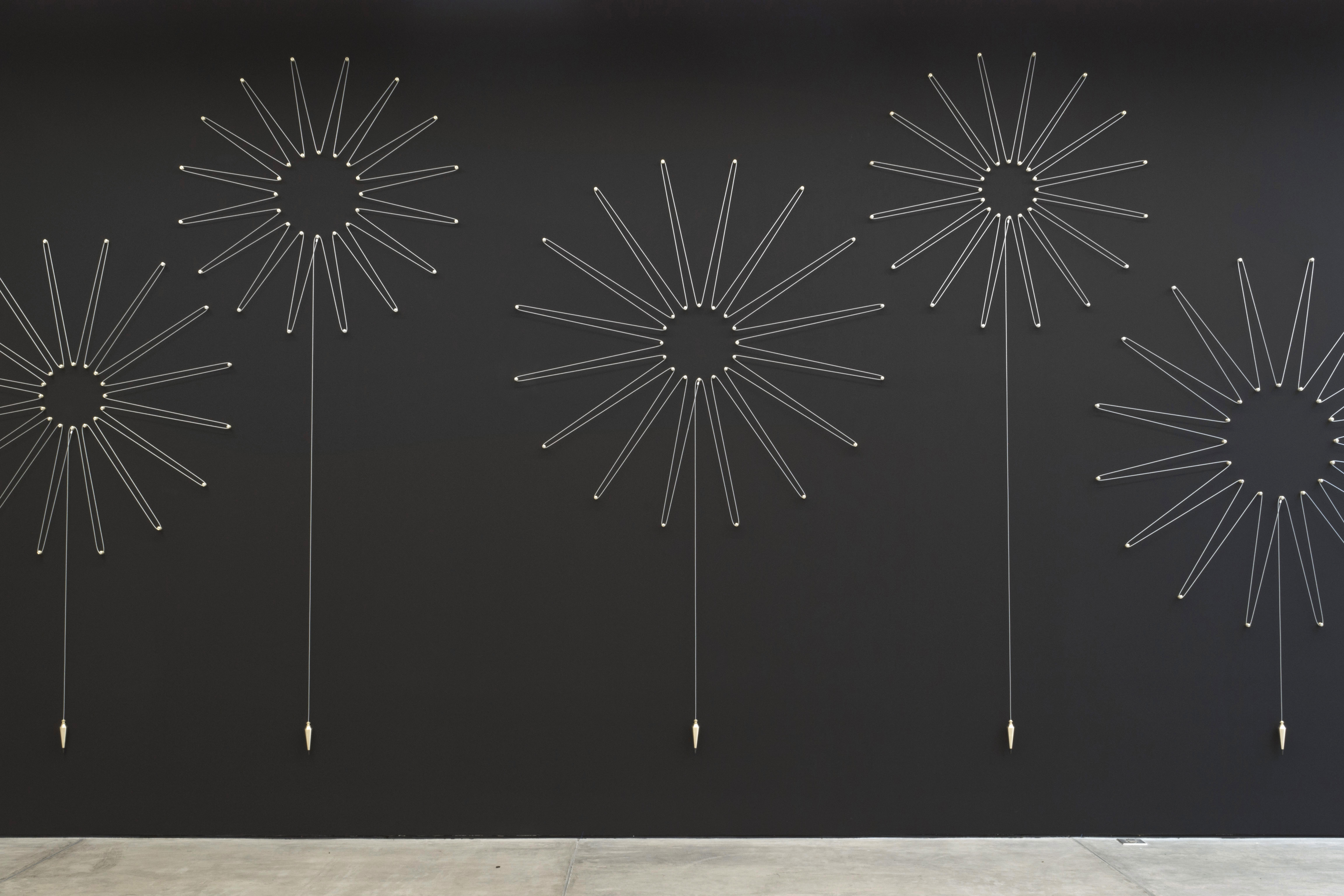
That which is above is like that which is below
Quod est superius, est sicut quod est inferius.
RICARDO RENDÓN
Main Room
OCT 2019 – JAN 2020
That which is below is like that which is above and that which is above is like that which is
below to do the miracles of one only thing
Hermes Trismegistus, from the Emerald Tablet
Translated by Isaac Newton
Employing traditional construction and industrial materials, such as wood, steel, wool felt and enamel paint, Ricardo Rendón (b. Mexico, 1970) methodically investigates how they interact with each other and their environment, as well as how they can be transformed by means of a calculated artistic intervention. Thanks to this approach, over the years the artist has created a body of work that distinguishes itself for both its intrinsic quality—the result of Rendón’s material knowledge and skilled craftmanship—and its intellectual and conceptual character.
The notion of “contained emptiness” fittingly applied to some of Rendón’s past projects, which emphasized a process of dematerialization of the matter through the artistic gesture and the passing of time (Paula Braga). Like a sculptor carving into the marble to liberate the envisioned form from the stone still imprisoning it, Rendón cut into different materials to free not only the shape but especially the void constituting it, keeping the debris of such a process as an integral part of the artwork, a subtle yet powerful reminder of the phenomenon described by the Law of conservation of matter: the mass of any object can never be created nor destroyed but only transformed and rearranged.
For his latest series of works included in the exhibition That which is above is like that which is below at Arróniz Arte Contemporáneo gallery in Mexico City, Rendón has kept the focus on the manual work, but this time, rather than attempting to achieve a physically impossible dematerialization of the matter, he has reduced the use of matter to the minimum. The title of the show, a quote lent from Hermes Trismegisto’s hermetic text Emerald Tablet, points to the unity and correspondence of all matter—on the Earth and in the universe—its shared behavior and eternal transformation. In particular, the site-specific installation from the series Somos Constelaciones focuses on the fact that each and every physical body in our universe is affected by gravitation. Employing traditional construction tools such a brass plumb and pulleys inserted into the wall, Rendón capitalizes on the fundamental force discovered by Isaac Newton to keep the steel cable balanced and in tension in order to subdivide an empty black surface symbolizing a cosmic void and to achieve the creation of spatial and geometric objects resembling celestial bodies in a constellation. This work encapsulates Rendón’s ambition, as he explains, to “establish a relation with the ‘all,’ with the stars and the constellations.” (Interview with the artist, July 27, 2019).
A similar consideration is also at work in the series Sistemas. Over a wooden panel painted in black—again, an allusion to the universe—the artist has inserted a varying number of pulleys, around which he has then stretched a steel cable in order to create a fragmented three-dimensional drawing following the pattern of imaginary astrological systems. Some circular cut-outs made of yellow felt and placed at the base of the pulleys evoke the stars in the firmament and provide a softer note to the otherwise dominantly rational composition.
To realize Trayectorias, the third and last group of works included in the exhibition, Rendón has invented and built a special pendulum by suspending a perforated weight filled with colored enamel paint to a steel cable attached to the ceiling of his studio. By randomly displacing the pendulum away from the perpendicular position in which it rests and releasing it, Rendón activates the pendulum’s oscillating movement. Thus, the restoring force progressively brings the pendulum back to its natural point of equilibrium due to gravity. In this process, the pendulum swings back and forth following a trajectory determined not by the artist himself but by complex mathematical and physical laws, and nevertheless subject to many variables and accidents. The enamel paint drips, apparently randomly, on the stainless steel support placed by the artist underneath the pendulum on top of a rotating table, tracing a rich and fluid drawing of arched and elliptical intersecting lines. Rendón repeated this process three times for each Trayectorias, every time cleaning the pendulum to alternate the use of white, black and yellow enamels. The resulting artworks are abstract compositions characterized by a symbolic palette, the same we encounter in all three series of works presented in the show: the steel mirror-like support reflects the light producing an impression of intangible infinity and continuity we commonly associate with the idea of space; the black stands for the endlessness of the universe and the absence of matter; the white is the sum of all colors and epitomizes the light; while yellow is the color we traditionally use to represent the Sun and other celestial bodies.
The gestural and accidental approach behind Trayectorias and the fact that the color is dripped on the surface of a support laying down horizontally may activate in the viewer witnessing its creating process a comparison with Abstract Expressionism, and especially with the canvases produced by Jackson Pollock during his classical “drip period”. However, Rendón’s Trayectorias are in the first place born out of an investigation about natural laws and spatial representation and not of an emotional gesture. The movement of the objects (e.g. the pendulum and the steel panel) allows the artist to experiment with different planes of reality, too. It is not just the will to action of the artist but the gravitational force, the rotation of the Earth around its own axes and its revolution around the Sun which lead to the redistribution of matter and, finally, the creation of the artwork. Rendón’s work is an ongoing experiment on matter whose aim is to investigate the world, its scientific and mathematic foundations and how they have a practical influence on our life, perception and ways of seeing. In this sense, his motivation and purpose are not too dissimilar from those shared by many artists once affiliated with the Constructivist movement, the Bauhaus and Concrete art, such as El Lissitzky, László Moholy-Nagy, Josef Albers and Max Bill, all figures Rendón greatly admires and drives inspiration from. Like them, combining art, crafts and technology as well as mathematical observations and an overall interest for experimentation, Rendón exalts the qualities of the materials he works with and seeks beauty in reduction.
In a time dominated by the uncontrolled accumulation and dispersion of waste, that is of matter deprived of its transformative potential and now at risk of destroying the delicate equilibrium of life on our planet, Rendón’s art encourages a conscious and functional use of materials and energies.
Valentina Locatelli
Independent Curator, Bern


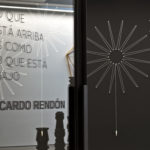
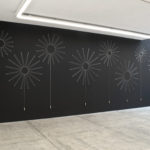
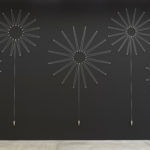

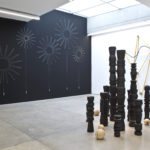
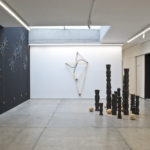
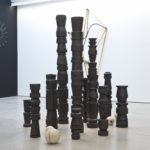

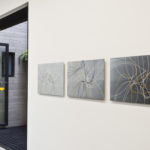

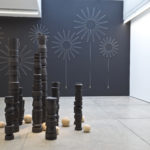
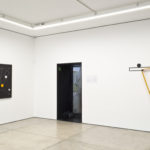
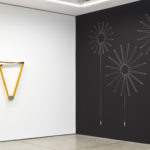
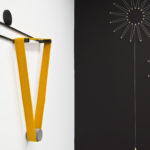
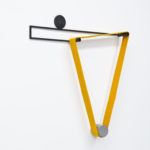

0 comments on “That which is above is like that which is below – RICARDO RENDÓN”